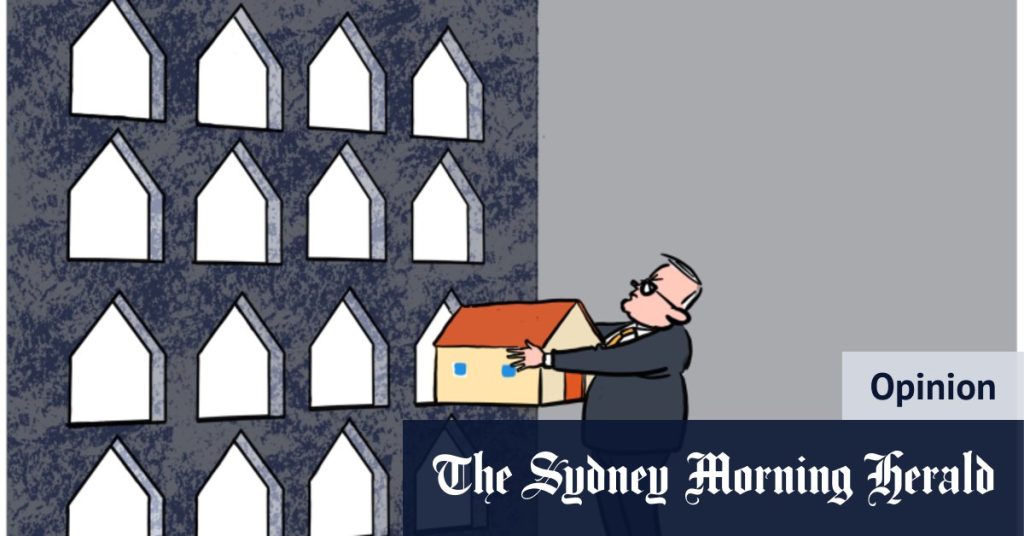Last weekend, the author witnessed their three-year-old nephew constructing a building out of papers in their study. The papers were predominantly hard copies of housing inquiries and government strategies from the past decade that the author had been reluctant to dispose of. The nephew, aspiring to be a builder like his father, used these papers to create a towering “apartment block”. However, despite the symbolic nature of the structure, many of the policies and reports represented in the papers failed to bring about significant change in the housing system.
The housing system in Australia is described as both “broke and broken”, with issues stemming across various forms and levels of government. The complexity of housing policy often leads to calls for inquiries or strategies that may result in temporary fixes or distractions rather than long-term solutions. The author highlights the tendency for political announcements to make headlines and mask the underlying issues in the housing system, without addressing them at the root level.
The Albanese government recently announced a $11.3 billion investment to build more homes for Australians, with a significant portion allocated towards existing core funding in the National Housing and Homelessness Agreement (NHHA). While this funding is crucial for maintaining homelessness services and social housing, it falls short in accelerating the delivery of new social and affordable housing. To truly make an impact, the government must increase funding and expedite existing commitments to meet the housing needs of the population.
In January, the federal government initiated the Housing Australia Future Fund (HAFF) and the National Housing Accord, aimed at delivering 40,000 social and affordable homes over five years. Community housing providers, such as PowerHousing Australia, have already submitted applications for 26,000 homes in the first round of the HAFF. However, there is a challenge for the government to expand their efforts and address the immediate housing crisis more effectively. Housing Minister Julie Collins emphasized the importance of building more homes quickly and in desirable locations, underscoring the urgency of the situation.
To meet the increasing demand for social and affordable housing, the author suggests that the government should commit to funding for 20,000 to 30,000 homes in the upcoming budget. By potentially doubling the size of the HAFF to $20 billion, the government could make a substantial down payment towards future housing requirements. This proactive approach would not only address the current housing shortage but also pave the way for sustainable housing solutions in the years to come. Ultimately, it is crucial for policymakers to prioritize the housing crisis and take bold steps to ensure that all Australians have access to safe and affordable housing.













